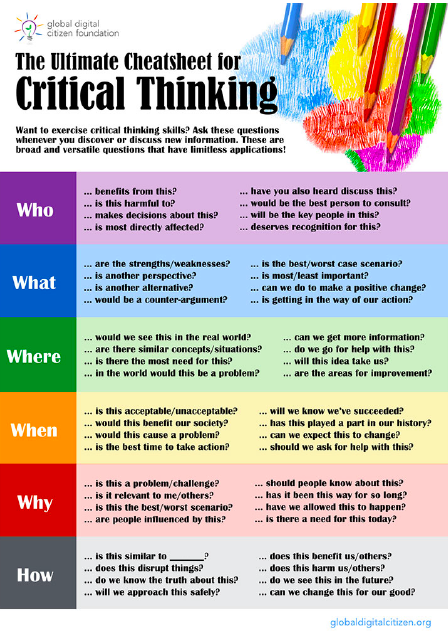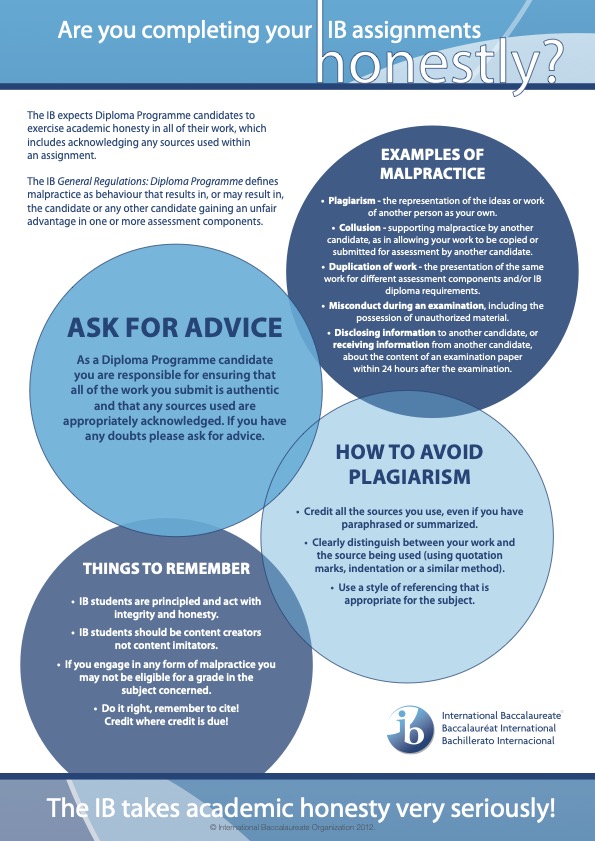
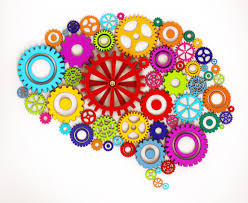 On this page you will find a wealth of resources that will help you discover reading strategies, critical thinking and evaluation tips and techniques as well as how to include more evidence of critical analysis into your Extended Essay.
On this page you will find a wealth of resources that will help you discover reading strategies, critical thinking and evaluation tips and techniques as well as how to include more evidence of critical analysis into your Extended Essay.
Please contact Ms. Mansfield if you have trouble accessing any of these resources or would like further clarification of their content.

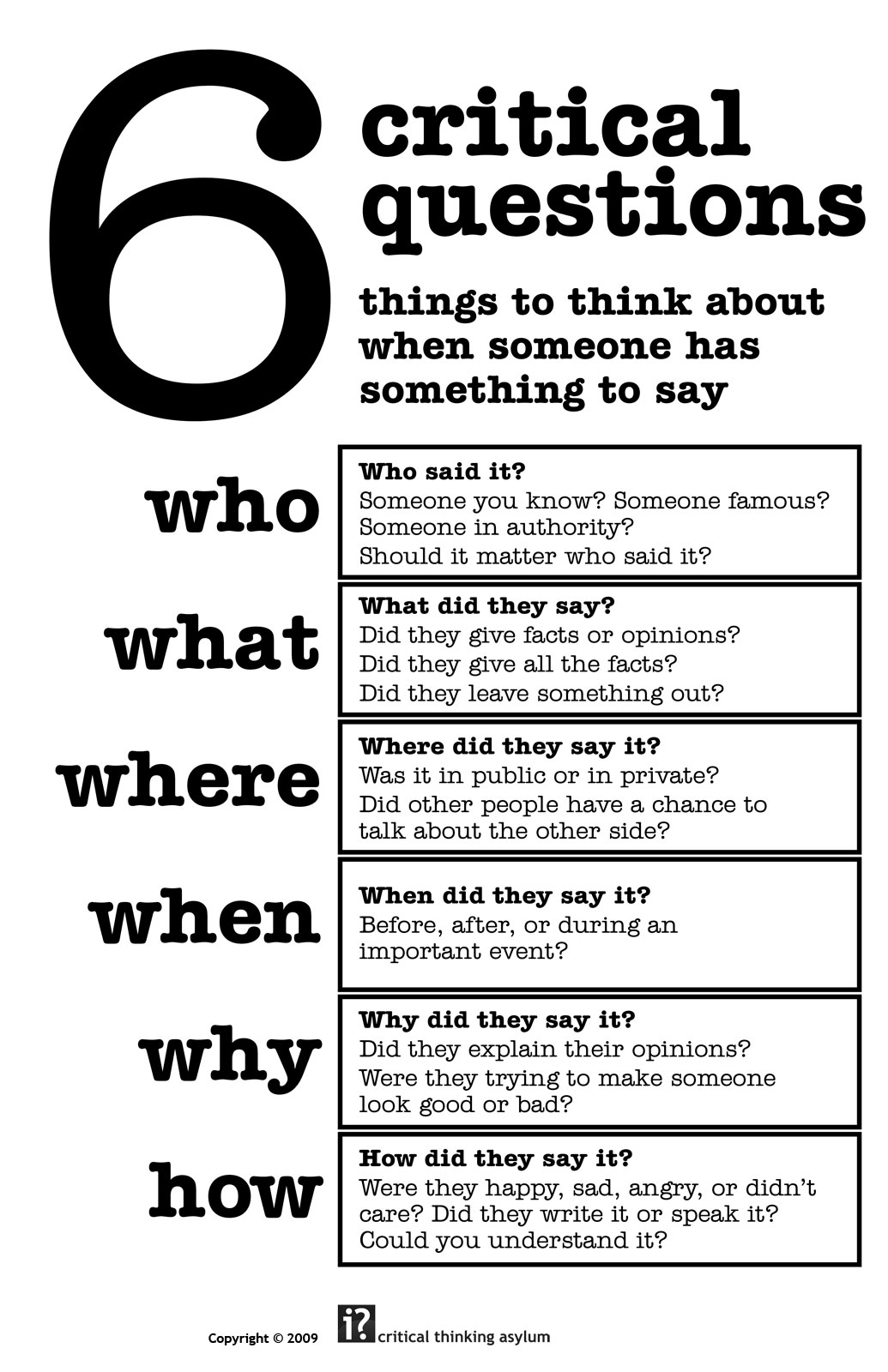
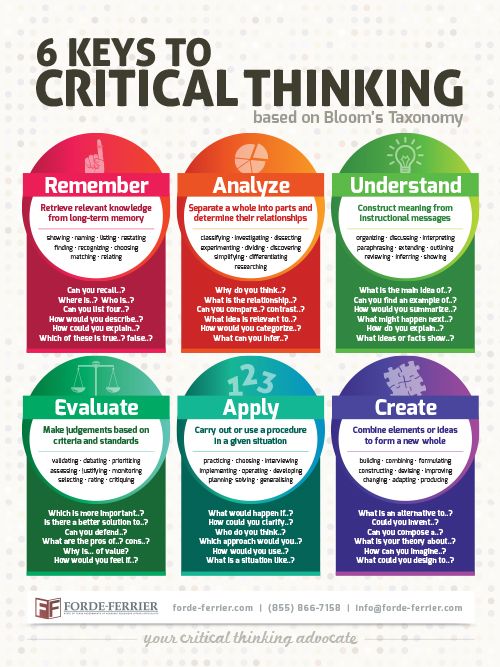
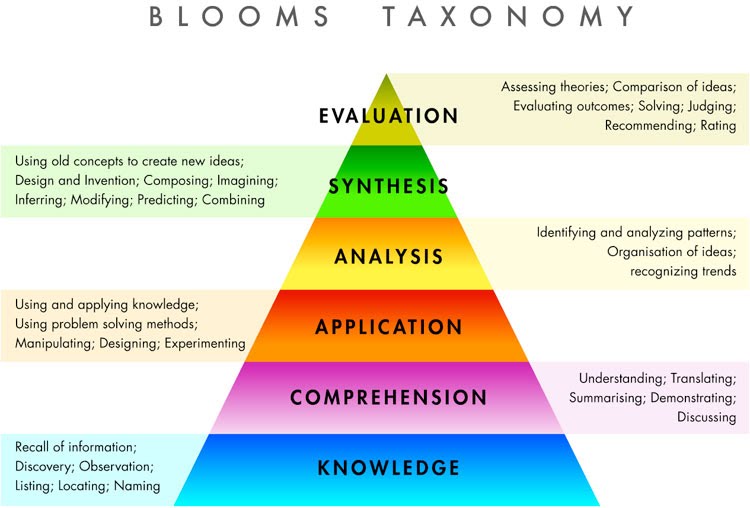
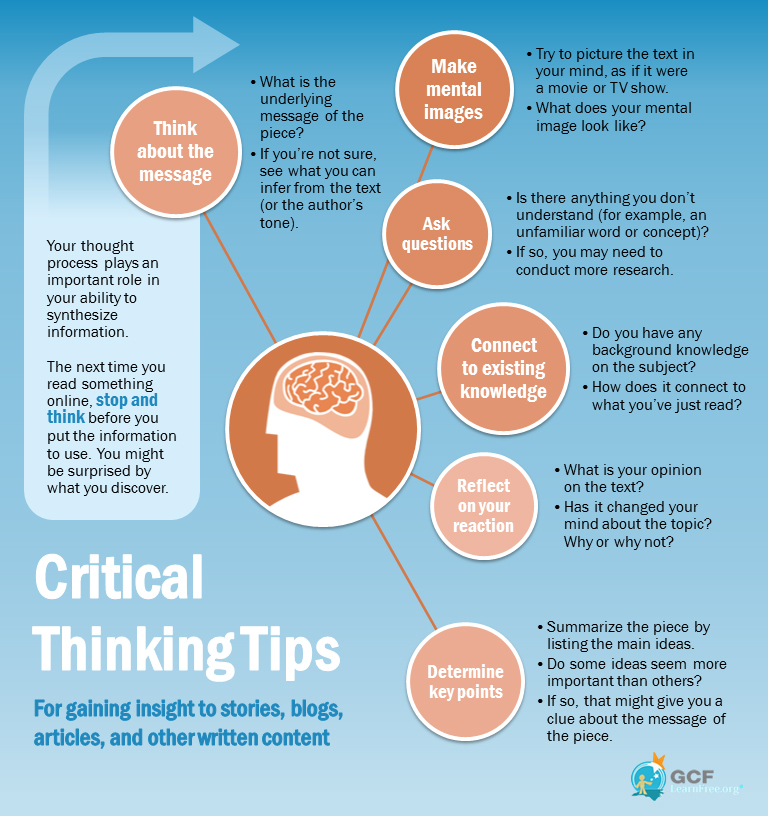
From the University of Washington State:
Primary sources include documents or artifacts created by a witness to or participant in an event. They can be firsthand testimony or evidence created during the time period that you are studying.
Primary sources may include diaries, letters, interviews, oral histories, photographs, newspaper articles, government documents, poems, novels, plays, and music. The collection and analysis of primary sources is central to historical research.
Note about primary sources: While there are many digital primary resources available, it is very important to remember that the majority of primary sources have not yet been digitized.
Secondary sources analyze a scholarly question and often use primary sources as evidence.
Secondary sources include books and articles about a topic. They may include lists of sources, i.e. bibliographies, that may lead you to other primary or secondary sources.
Databases help you identify articles in scholarly journals or books on a particular topic.

